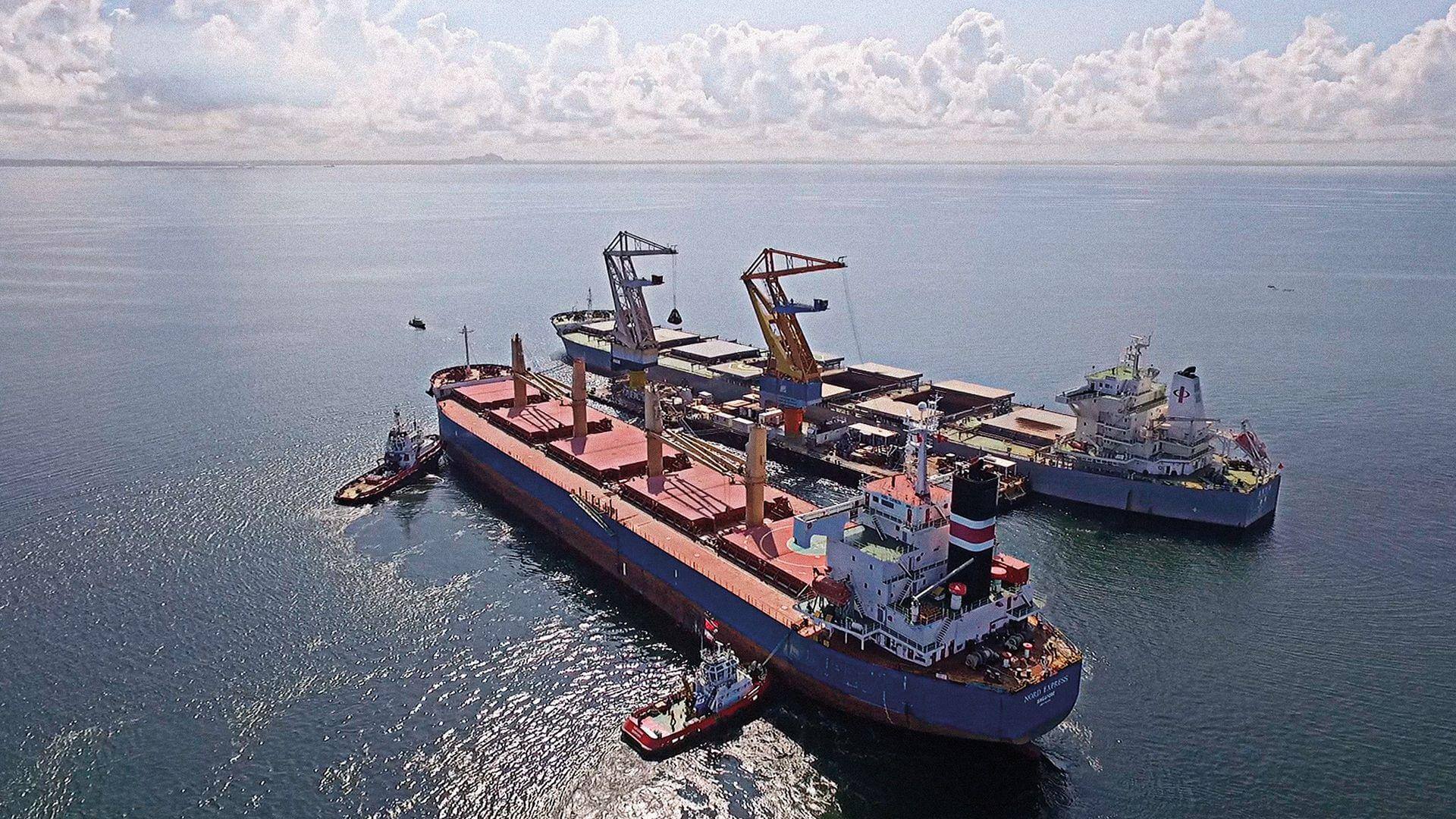
Imported goods from outside the country for the interest of a foreign importer addressed in his name or the name of a licensed agent carrier by a competent authority on the importer’s behalf. The goods shall only be registered since transiting the territories of the country to a final destination. A deposit amount equivalent to the total value of goods shall be collected to ensure exit of goods outside the country within 30 days from the transactional processing date.
Transactional processing:
- Receive and check documents for customs declaration processing.
- Collect registration fees and deposit amount if in cash.
- Deliver client’s own copies and retain customs.
Documents required for transnational processing:
- Delivery order from the shipping agent addressed in the name of the foreign importer or his carrier agent licensed by local authorized licensing agencies in the Contry
- Copy of the sale invoice from the exporter addressed in the name of the foreign importer showing total quantity, description of goods and detailed and total value of each item.
- Detailed packing list as per weight, method of packing and HS code for each individual article contained in the shipment.
Transactional processing:
- Receive and check documents required for
- Write customs declaration number on the transshipment order.
- Deliver client’s own copies and retain customs.
Documents required for customs declaration processing:
- Delivery Order
- Bill of lading
Why does a transshipment occur?
A transshipment typically occurs when there is no direct shipping route to your destination. For example if you’re shipping a container from Ghana to Australia, there is an option for a direct vessel that departs a port in Ghana and arrives directly in Australia. However there is also a transshipment route that will first have the ocean vessel sail to Singapore, where your container is unloaded from that vessel, and placed on another vessel for Australia. This is typically done to save money on shipping costs, but it leads to increased transit times to the final destination.
How does a transshipment lead to shipping delays?
Delays are absolutely common when shipping a container overseas using a transshipment route. Because of the nature of a transshipment, your container is unloaded and reloaded onto a different ship which takes additional time. Sometimes it can take up to a week for a port to completely unload an incoming ship, and up to another week to load it onto a new ship going to the final destination. These week long delays can be the result of port congestion, and they can sometimes turn into month long delays. This is why transshipments are only recommended if there are no direct shipping routes to your destination.
How to track transhipments?
The best way to keep track of your cargo during a transshipment is by using the shipping line’s online tracking feature. For example if your container is being shipped on a Maersk ship, you will be able to go on their website and enter either your container number of bill of lading number, and get the details on when the ship will depart and arrive. You will also be able to see the second vessel your cargo will ship on, along with the details on its departure and arrival dates.


